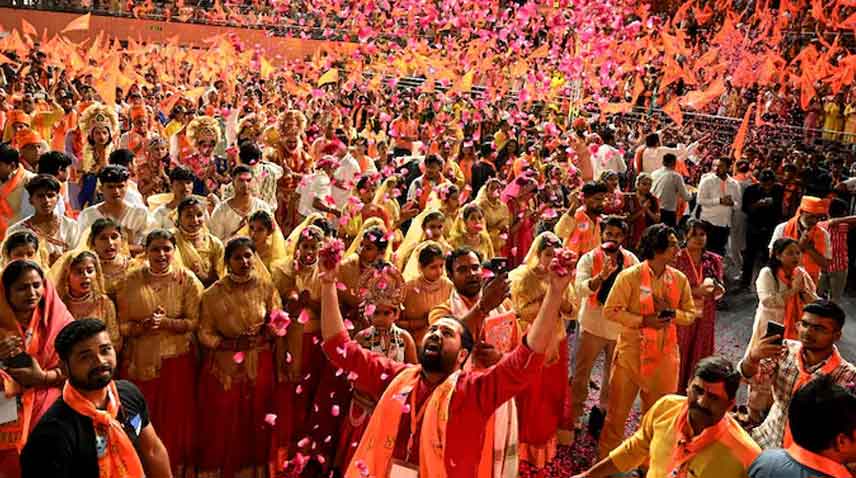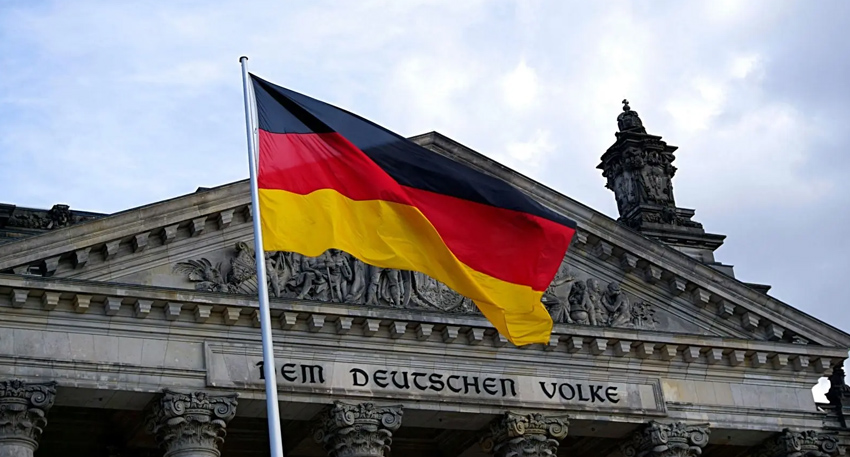
The share of Hindus in India’s population saw a decrease from 84% in 1950 to 78% in 2015, while that of Muslims witnessed an increase from 9.84% to 14.09% in the same period (of 65 years), according to the report prepared by the EAC-PM, which is a non-constitutional, non-statutory, independent body constituted to give advice on economic and related issues to the Government of India, specifically to the Prime Minister.
The study of the council, which serves to highlight key economic issues to the government of India from a neutral viewpoint, also revealed that the population share of the majority religion in India (Hindus) declined sharply by 7.8% during the period, while a number of neighbouring countries saw a jump in the population of their majority community.
While the Hindu population shrunk in India, the share of minorities, including Muslim, Christian, Buddhist and Sikhs, went up. However, the number of Jains and Parsis in the population mix decreased.
Between 1950 and 2015, the Muslim population share in India surged by 43.15%, Christians saw a 5.38% increase, Sikhs a 6.58% rise, and Buddhists witnessed a slight increase.
The shrinking of the majority population in India (by 7.8%) is the second most significant decline in the immediate neighbourhood, just after Myanmar’s 10%.
Apart from India, Nepal’s majority community (Hindu) saw a 3.6% decline in its share of the country’s population.
The study, whose report was released in May 2024, assessed the trends in 167 countries across the world.
"Contrary to the noise in several quarters, careful analysis of the data shows that minorities are not just protected, but indeed thriving in India," the authors say.
Bangladesh saw the steepest increase of 18.5%, followed by Pakistan (3.75%) and Afghanistan (0.29%).
"Pakistan witnessed a 10% increase in the share of the total Muslim population despite the creation of Bangladesh in 1971," noted the study co-authored by Shamika Ravi, Abraham Jose and Apurv Kumar Mishra.
India’s eastern neighbour, Myanmar, saw the highest decline in the majority community's share in the country's population in India's neighbourhood. The majority population of the Theravada Buddhists in Myanmar dipped by 10% in 65 years.
Apart from India and Myanmar, Nepal saw a 3.6% decline in its majority Hindu population, said the EAC-PM study.
India’s neighbours with a majority Buddhist population, Bhutan and Sri Lanka, also saw an increase of 17.6% and 5.25%, respectively, according to the study released in May 2024.
"The change in the proportion of minorities as a share of the total population serves as a reliable proxy for the status of minorities in a country, which is fostered through policies including defining minorities, which itself is a rare practice globally," said the study, which assessed the trends in 167 countries globally.




